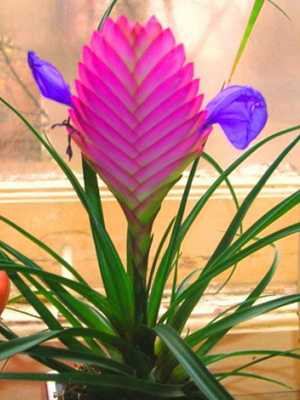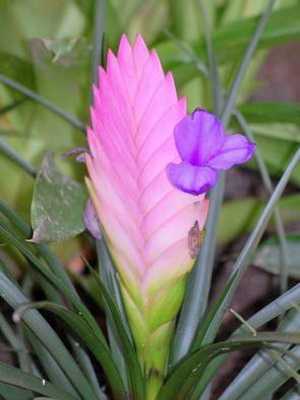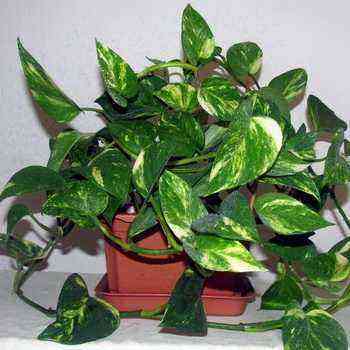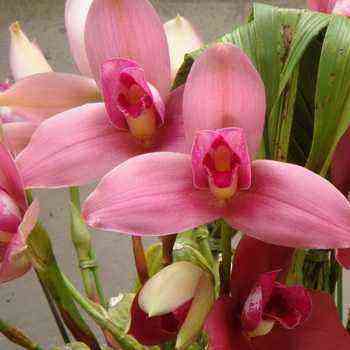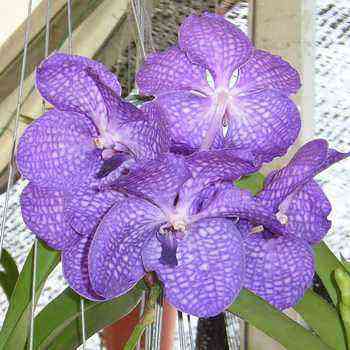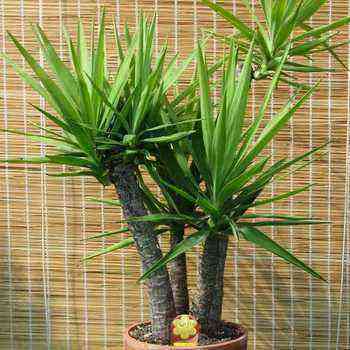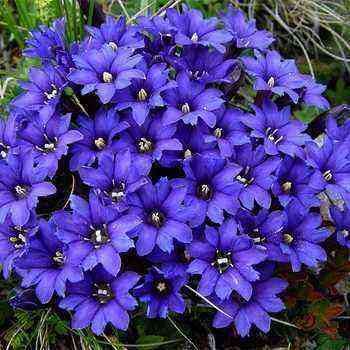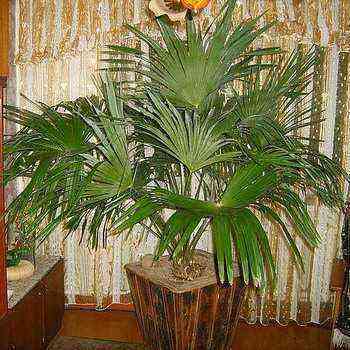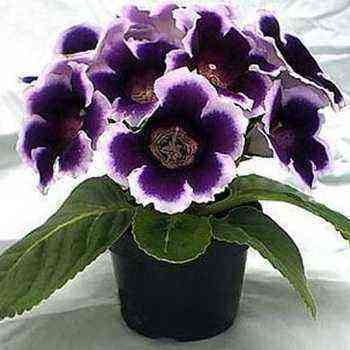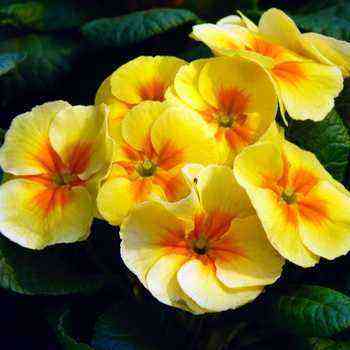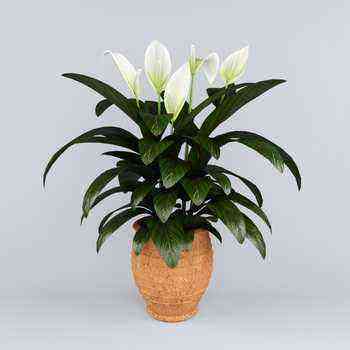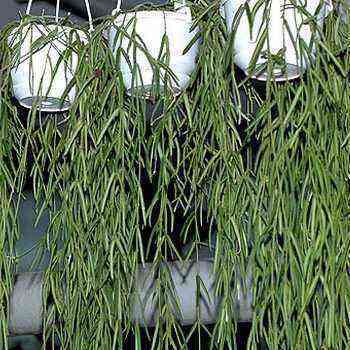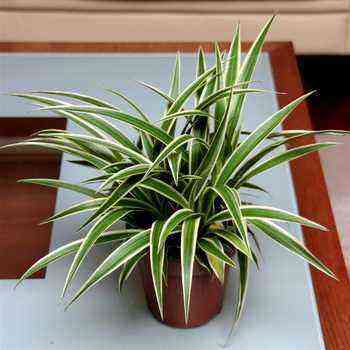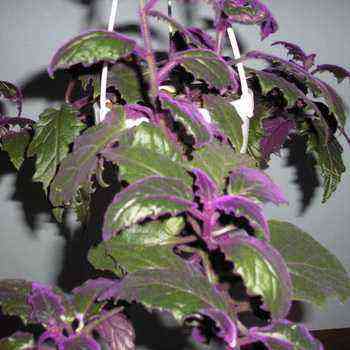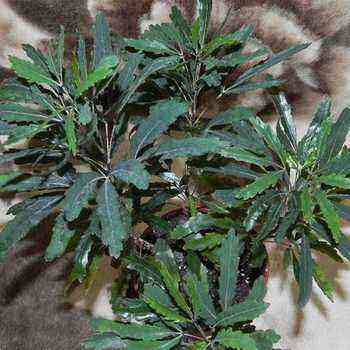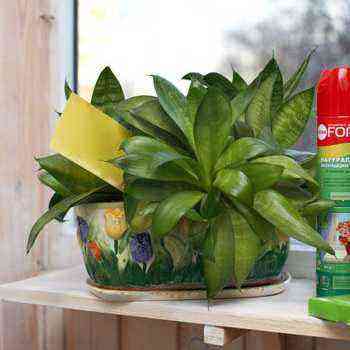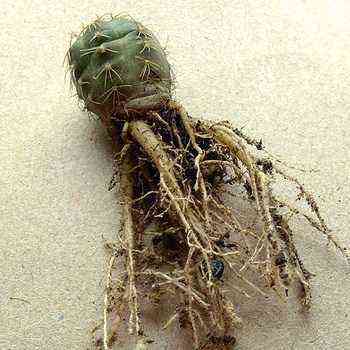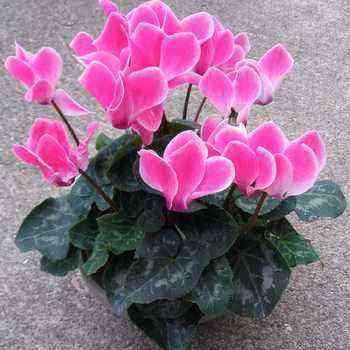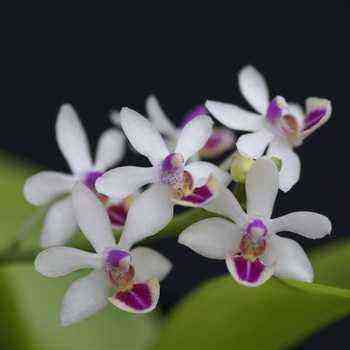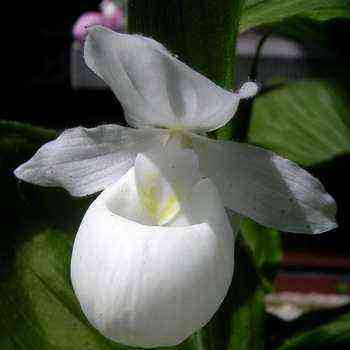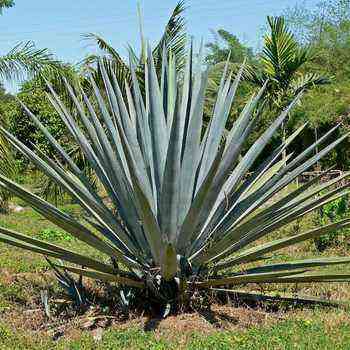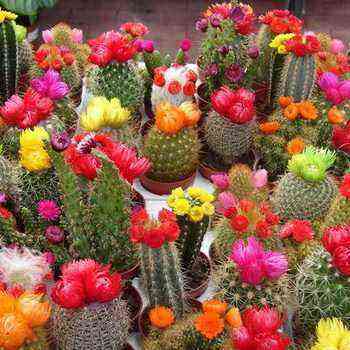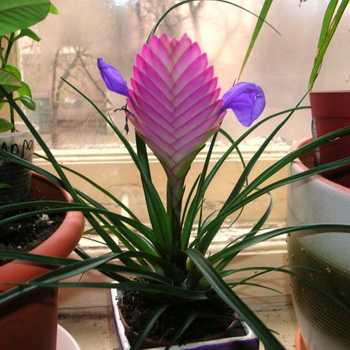
Class: monocots (Liliopsida).
Procedure: bromeliads (Bromeliales).
Family: bromeliads (Bromeliaceae).
Sort by: tillandsia (Tillandsia).
Type: violet tillandsia (T. ionantha).
The wide distribution of the tillandsia plant extends almost throughout Central America and includes Mexico, Costa Rica, El Salvador, Guatemala, Honduras, Nicaragua, and possibly Panama. In this article, we will talk about the meaning and use of tillandsia flowers in home culture, bring to your attention interesting facts about the plant and show photos of tillandsia flowers.
Tillandsia violet was also introduced to Florida as a horticultural crop, but it took root and ran wild. It can live up to 1800m above sea level in a wide variety of environments, from beaches and mangroves to dry rainforests, from barren cliffs and rocky savannahs to pastures, gardens and roadsides. It grows in crowded groups, in some parts of the range it is a common species, in others it is rare.
In the absence of trees, the tillandsia plant can live right on bare rocks. Getting moisture and minerals from the air, it does not need soil.
Tillandsia flower and its photo
The violet flower is a perennial herb up to 10 cm high. There is no root system. The stem is shortened. Leaves are sessile, linear, rigid, bluish-green, sometimes red, slightly bent back and collected in a rosette up to 7 cm in diameter. The plant is monoecious.
Pay attention to the photo of tillandsia – it has tubular flowers up to 5 cm long. All of them are blue-violet, with long stamens and pistil, form inflorescences. The fruit is dry – a capsule, the seeds are small, with tuft of hairs.
Tillandsia have a mechanism that prevents self-pollination: the pollen in the stamens of the flower ripens much earlier than the pistil unfolds its stigmas.
The meaning and application of the tillandsia plant
Violet Tillandsia is one of the most popular bromeliads among collectors around the world. She is appreciated for her alien appearance, exotic lifestyle and undemanding conditions of detention. To meet the demand for this species and reduce the pressure on its wild populations, biotechnologists are developing methods of plant propagation in the laboratory.
Tillandsia blue (T. cyanea), usneiform (T. usneoides) and protruding (T. stricta) are also common in culture.
Interesting facts about tillandsia
The genus is named after the Swede Elias Tillands (1640-1693), physician and naturalist, professor at the Turku Medical Academy. He founded the Botanical Garden of the University of Helsinki and compiled the first plant guide in Finland.
The flowers of tillandsia are small and inconspicuous, therefore, before flowering, the upper leaves in the outlet redden invitingly. This makes the plant visible to pollinators.
Under natural conditions, tillandsia regenerates slowly. It reproduces by seeds and vegetatively, producing a large number of offspring. Flowers are pollinated by hummingbirds. The ripe capsule opens, the seeds spread thanks to the wind and tuft, but most of them fall to the ground around the host tree or settle on its branches. The germination rate is low.
Today violet tillandsia belongs to the protection category LC in the Red Book, but back in 1997 it was assessed as a vulnerable species. Some populations of this plant suffer from harvesting for sale, others are safe in protected areas. Since tillandsias grow only on some trees and in many individuals at a time, cutting down even one such host tree can adversely affect the state of the local population.
